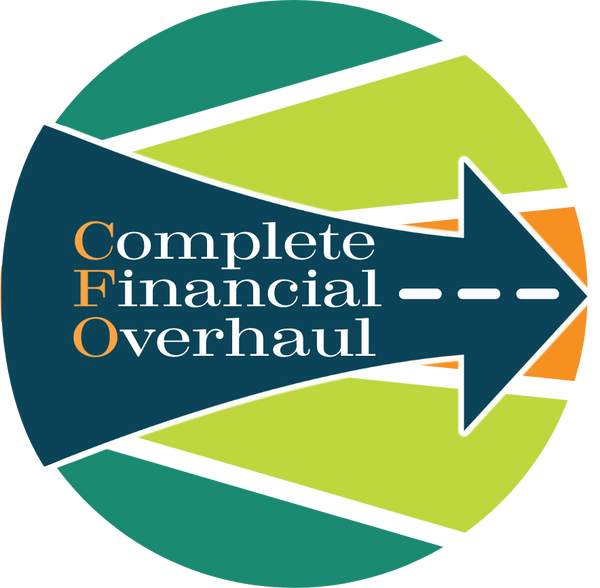How to Use Reflection to Improve Financial Habits
Share
How to Use Reflection to Improve Financial Habits
Imagine reflection as a mirror for your finances, one that doesn’t just show you where you are now but also gives you a clear view of the path you’ve taken to get here. Just like a mirror helps you adjust your appearance before heading out the door, reflecting on your financial habits allows you to make adjustments that keep you looking—and feeling—your best financially.
The first step in using reflection to improve your financial habits is to regularly check in with yourself. This is like taking a moment to look in the mirror each morning before you start your day. By reviewing your spending, saving, and budgeting habits on a regular basis—whether that’s weekly, monthly, or even quarterly—you can catch any issues early and make the necessary adjustments. This ongoing reflection ensures that you’re always presenting your best financial self.
Once you’ve identified areas for improvement, the next step is to make specific, actionable changes. Just as you might fix a stray hair or adjust your outfit after checking the mirror, reflecting on your financial habits helps you fine-tune your approach. For example, if you notice that you consistently overspend on dining out, you might decide to allocate more of your budget to groceries and cooking at home. These small adjustments, made in response to your reflections, can lead to significant improvements over time.
Reflection also helps you build resilience. Just as a mirror reflects both your strengths and your imperfections, reflecting on your financial habits allows you to acknowledge both your successes and your challenges. Maybe you’ve been great at saving for a vacation but struggle to stick to your grocery budget. By recognizing these patterns, you can develop strategies to address your weaknesses while continuing to build on your strengths. This resilience is key to maintaining good financial habits over the long term.
Another way reflection improves financial habits is by reinforcing positive behaviors. When you reflect on a month where you stuck to your budget, avoided impulse purchases, or made extra payments toward debt, it’s like seeing yourself in the mirror and thinking, “I look good!” This positive reinforcement encourages you to continue those good habits, just as a compliment on your appearance might motivate you to keep dressing well.
Finally, reflection helps you set realistic and meaningful goals. Just as you might use a mirror to visualize how you want to look at a future event, reflecting on your finances allows you to envision your future financial self. What do you want to achieve in the next year? How can you adjust your habits today to make that vision a reality? By using reflection to set and refine your goals, you create a clear roadmap for your financial journey.
In summary, using reflection to improve your financial habits is like using a mirror to perfect your appearance. It helps you stay aware of where you are, make necessary adjustments, and build confidence in your financial journey. By regularly reflecting on your financial habits, you ensure that you’re always moving in the right direction—toward a more secure and successful financial future.
